Storm clouds are gathering over the markets—will this be just a passing shower or a full-blown financial hurricane? From tariffs to tech tumbles, we break down the biggest risks investors need to watch right now.
Summary – IBKR Podcasts Ep. 230
The following is a summary of a live audio recording and may contain errors in spelling or grammar. Although IBKR has edited for clarity no material changes have been made.
Andrew Wilkinson
Welcome to this week’s podcast. My name is Andrew Wilkinson with Interactive Brokers. Markets hate uncertainty, and we seem to be getting plenty of it served up as part of the new Trump administration. With me to discuss are both Chief Strategist Steve Sosnick and Senior Economist Jose Torres. Welcome to you both.
Steve Sosnick
Hello, Andrew. Hello, Jose.
Jose Torres
Hi, Steve. Hi, Andrew. Great to be here.
Andrew Wilkinson
It’s great to have you guys back. We’re doing this one quite impromptu this afternoon. It’s Monday afternoon. We should get this one to hit the streets on Tuesday. So, we’re talking in the context of a very bifurcated Monday afternoon for the stock market. We’re gonna dig into tariffs.
We had a question on a recent Reddit AMA where a viewer was talking about the tariffs and the way that both Steve and Jose had introduced them into the Traders Insight articles. So, we’re going to try and get down to somewhat address some of that during this episode.
Steve, I want to start with you—your reaction to Monday’s dead cat bounce for stocks. And what do you make of the selling that took place to round off last week on Friday and the failure to really follow through, or reverse rather, on Monday?
Steve Sosnick
That’s literally what I just finished writing about. So, those of you who are listening, hopefully read it. Hopefully, I haven’t spoiled it for you by reading what I sent—what got sent out on Monday.
Essentially, I considered Friday to be catching up with some of the themes that we’d been talking about—that consumer sentiment has been weakening.
Inflationary expectations have been rising. Then, all of a sudden, you had the retail sales numbers last week coming out really below consensus. First, you had the soft data telling you what people said they were going to do. Then, you had some harder data telling you what they were or were not doing.
And then Walmart came out and told us what they saw people not doing, which is shopping aggressively at their stores. So, I think, all told, that finally clicked in the market. And if you take out the consumer, which is two-thirds of the economy, that’s a problem. And I think that was the market reacting to it this morning.
I thought you had—I termed it—a real stern test of the “buy the dip.” And we looked that way. But what was an interesting tell to me was we were up 30, and I always talk in S&P points. We were up 20 points when I first woke up, then 30. Pretty much all morning.
And that was an interesting tell ’cause it wasn’t really much of a follow-through. It was just: Okay, we’ve got our bounce, now let’s hang on to it. And we didn’t. And the way we just collapsed shortly after the opening, when the bounce didn’t materialize, was not all that helpful.
We’ve since recouped to a very minor gain as we’re taping this, but I think the fact that there really hasn’t been a strong “buy the dip” tells me more—that the selling was a bit more fundamental.
You had Warren Buffett over the weekend basically reiterating why he’s not particularly bullish. You had big market news come out of Mets spring training, of all places, because Steve Cohen basically alluded to the fact that he’s not bullish.
I’m getting the sense that there are a lot of traders—whether institutional or individual—who have just reflexively been doing well by buying dips, but not every dip is necessarily a buying opportunity.
It is if we’re in a strongly trending market and you just have a little blip in prices. It’s not if there’s a fundamental rebalancing—if there’s a fundamental change in the underlying value of stocks and/or the market. Or, it’s not necessarily a great dip opportunity if you go from highly overvalued to somewhat less overvalued.
And I think that’s what the market’s reckoning with a little bit. When you have people with track records like Warren Buffett and Steve Cohen expressing some nervousness, I think what we’re seeing is a little bit of institutional selling and generally the public buying. And that’s a reallocation that can take some time.
Andrew Wilkinson
We’ll come back to this bifurcation later in this episode, but Jose, let me turn to you first of all. There are multiple moving pieces here—not least is Donald Trump’s confrontational style, the way he likes to negotiate. Is it clear yet that the market doesn’t love it?
Jose Torres
Absolutely clear. There was a lot of enthusiasm following the November election result, and we’ve essentially gone nowhere since, right? We were right at that 6,100 level on the S&P, having trouble clearing that 6,100 level.
Earnings growth prospects are coming into question, what Steve said on the consumer, but then also when you mentioned, Andrew, Trump’s confrontational style. One thing Steve Cohen was worried about was the austerity measures and the possibility for government spending reductions to begin to weigh on economic growth.
This economy has been conditioned to run strong deficits for a long time, and that’s been helping relative economic outperformance here in the States versus other regions. Remember when Europe, when they started with their austerity measures, they barely grew, right?
So, that’s a risk that could be coming around here, while at the same time, you have that consumer spending concern.
Also, with the federal workforce, if that gets trimmed too much, there’s worries that the spending in the local economies where public servants live and spend—that’s going to have somewhat of a spreading effect as well.
Folks are concerned. However, that could be offset by some of the tailwinds that the Trump administration could bring about, namely lighter taxation, a milder regulatory regime, trade acquiescence, and lower oil prices.
That lower oil price is also a big question mark. President Trump has been vocal to OPEC+ on increasing production. OPEC+ has been leaning toward doing the opposite. So, we’ve got to wait and see.
Andrew Wilkinson
Steve, do you want to hop in there?
Steve Sosnick
Yeah, it’s not often that I get to say I front-ran Steve Cohen, but this is something we talked about on a recent Traders Insight piece. And I know I’m stepping on Jose’s turf a little bit when I remind everybody that GDP equals C + I + G + NX—consumption, plus investment, plus government, plus net exports.
Each of them has multiplier effects when you change it. I do really strongly believe that a lot of the economic strength that we saw was the result of the infrastructure bill and a lot of the massive government stimulus we saw.
Now, that’s got its own detrimental effects in terms of—it did spur inflation, and it’s causing deficit worries. But again, just speaking in terms of C + I + G, we’re taking G from a growing number to a shrinking number, and there’s a multiplier effect to that.
And in the way that they’re shrinking G, you’re cutting jobs all over the country. A lot of people think that government jobs are just in Washington. These cuts are happening around the country. And I think that’s one of the things that’s spooking people from the consumer side.
Yeah, we could be sending the economy a bit more retrograde than we’d like. And so, it remains to be seen—to Jose’s point—whether those can be made up with benefits from net exports, tariffs, regulatory benefits, or tax policies. That all remains to be seen.
Steve Sosnick
You’ve got the rush to cut government spending. While I think everybody agrees that there was some surgery that needed to be done, I think the question—the fact that it’s being done with a chainsaw, not a scalpel—has created some worries in the economy and the market.
Andrew Wilkinson
Yeah, I’d agree with that.
Jose, let’s turn back to you now. Tariffs. Take it away on tariffs. Drill down for us, if you will, into the proposals for tariffs—their reach and extent, as well as their timing. As I said at the outset, markets don’t like uncertainty.
Jose Torres
No, they don’t.
We’re looking at tariffs on aluminum and steel imports—about 25 percent beginning March 12th. Then, on April 2nd, we’re looking at 25 percent tariffs on automobile, semiconductor, and pharmaceutical imports.
Now, remember, a lot of these negotiations go down to the wire, similar to the debt ceiling discussions, right? You could be on March 11th or March 10th, and the deal gets made—or March 12th in the morning. Same thing with April 2nd.
And really, the bullish economic outlook depends on trade acquiescence. What Steve was talking about earlier with net exports—if we don’t have trade acquiescence and we have commercial disruptions and confrontations on an international scale, U.S. economic growth is going to drop significantly to below 1.5 percent.
So if that occurs while at the same time you have consumer spending weakness and you have deficits being worked on, that is a particularly risky scenario.
One thing I’ve been highlighting recently in my commentaries has been these bull flattener trades, right? I’ve been watching the long end fall a lot faster than the short end session after session.
On a year-to-date basis, the spread between the tens and twos started at around roughly 40 basis points. Today, it’s roughly 20. So that’s been cut in half.
You know, we’re still growing. The economy is still growing. Overall, we’ve had some soft data points recently, but bull flattener trades are recession trades. Folks want to grab the long ends before they crash. They want to lock in that 4.5 percent in case we have economic turmoil.
And that’s what I’ve been seeing rate watchers do recently.
Andrew Wilkinson
Steve, it’s been really interesting watching individual names with the market churning toward these all-time highs we mentioned earlier—that was last week. You just couldn’t tell what was really going on. The market’s become extremely bifurcated.
On the one hand, you’ve got these tech names that are promising to spend billions and billions of dollars on capital projects as part of this AI infrastructure and buildout that they’re expecting.
And on the other hand, you’ve had a lot of stuff falling away. There was no real clear sign in the market, and then—poof—it’s Friday, and today, those tech names are really weakening. Where might investors look right now?
Steve Sosnick
I think it was an interesting tell that only one S&P sector did well on Friday, and that was consumer staples.
And that’s in spite of the fact that a lot of the worries came from the idea that the consumer was slowing down. So, it affects consumer discretionary—but you still need toilet paper. You still need facial tissues. You still have to eat.
All those kinds of things are still the classic defensive play. You did have a little bit of movement into utilities, but utilities are not as defensive as they were because they got caught up in the AI trade.
So they’re somewhat subject to different forces. They’re not strictly subject to interest rates as they used to be.
To the points that Jose was just making regarding flatteners and things of that nature, you would have expected utilities to rally more, but they’ve had this huge run because of AI enthusiasm. So, they’re not necessarily a place to hide.
So, I guess consumer staples is a place to hide—low beta, high dividend. Those are defensive plays, and those are regardless of sector to some extent.
It doesn’t mean that the tech trade is over. But again, if we’re having what I think we’re having—which seems to be the public continuing to show their love for stocks—and in many cases, that can be divorced from consumer sentiment.
Because those who have investments have a wealth effect. So, they may not be going to Walmart with it, but they’re still going to keep investing.
But in the meantime, if you’re starting to see institutions get more cautious, that sets up for some volatility.
And ultimately, over time, I don’t know that we get much more if the consumer is weakening. The investment money that’s in the market probably stays in the market and continues to get reinvested, but it doesn’t mean that there’s this new flow of money coming in.
And that does make me concerned.
Let’s say—after we first of all have the budget deal to get through in the next few weeks—that’s a big level of uncertainty, part of the wall of worry that needs to be climbed.
But also, I do have to wonder what happens around April 15th, because there’s an awful lot of capital gains taxes that need to be paid.
And if people are concerned that their incomes are not going up, that money is going to have to come from somewhere—and it comes from their investments.
So these are two big hurdles that I think we have to get through. And I think the way you can get around that is again by being low beta, high dividend, and your classically defensive sectors tend to do okay.
Andrew Wilkinson
I’m seeing a lot more articles being written about value over growth, which is exactly what you’re talking about there.
Steve Sosnick, Jose Torres—thanks for joining me, and we’ll see you guys next week.
Steve Sosnick
Take care, Andrew. Take care, Jose.
Jose Torres
Terrific. Thank you. Bye, Steve. Bye, Andrew.
Andrew Wilkinson
And don’t forget—if you liked today’s episode, please subscribe wherever you download your podcast.
Disclosure: Interactive Brokers
The analysis in this material is provided for information only and is not and should not be construed as an offer to sell or the solicitation of an offer to buy any security. To the extent that this material discusses general market activity, industry or sector trends or other broad-based economic or political conditions, it should not be construed as research or investment advice. To the extent that it includes references to specific securities, commodities, currencies, or other instruments, those references do not constitute a recommendation by IBKR to buy, sell or hold such investments. This material does not and is not intended to take into account the particular financial conditions, investment objectives or requirements of individual customers. Before acting on this material, you should consider whether it is suitable for your particular circumstances and, as necessary, seek professional advice.
The views and opinions expressed herein are those of the author and do not necessarily reflect the views of Interactive Brokers, its affiliates, or its employees.
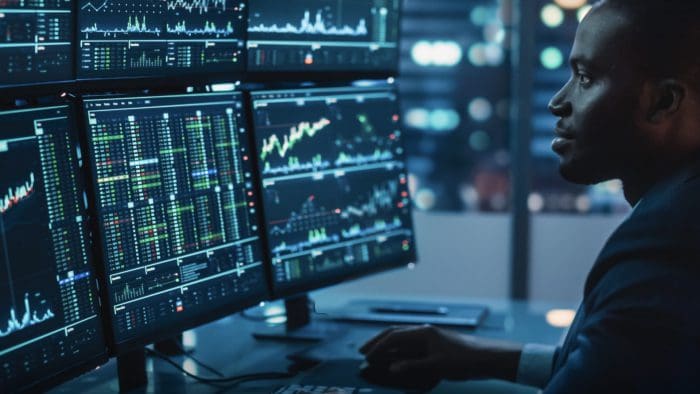
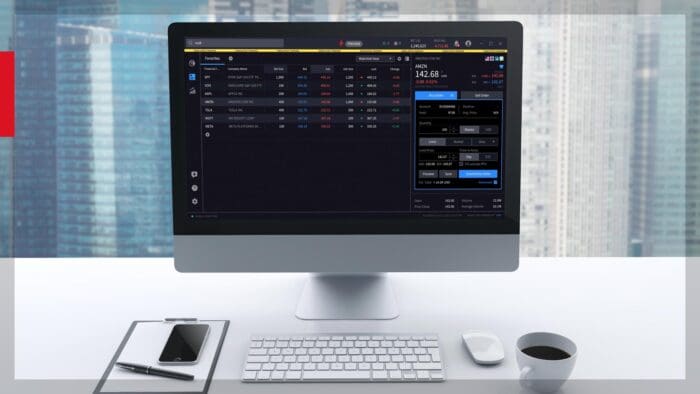


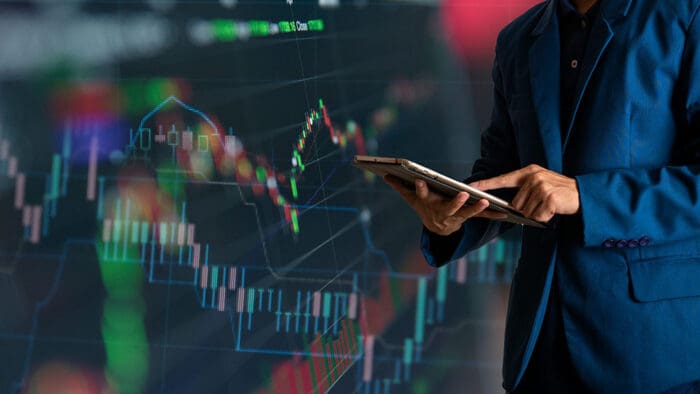

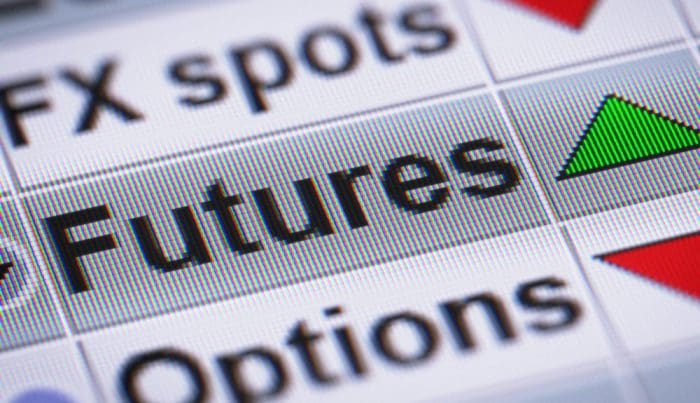






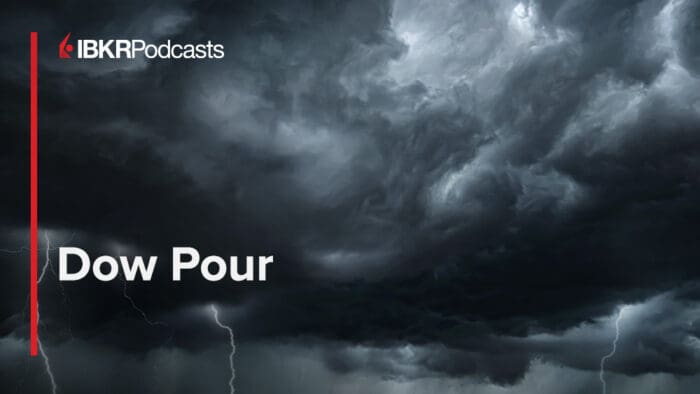



Join The Conversation
For specific platform feedback and suggestions, please submit it directly to our team using these instructions.
If you have an account-specific question or concern, please reach out to Client Services.
We encourage you to look through our FAQs before posting. Your question may already be covered!